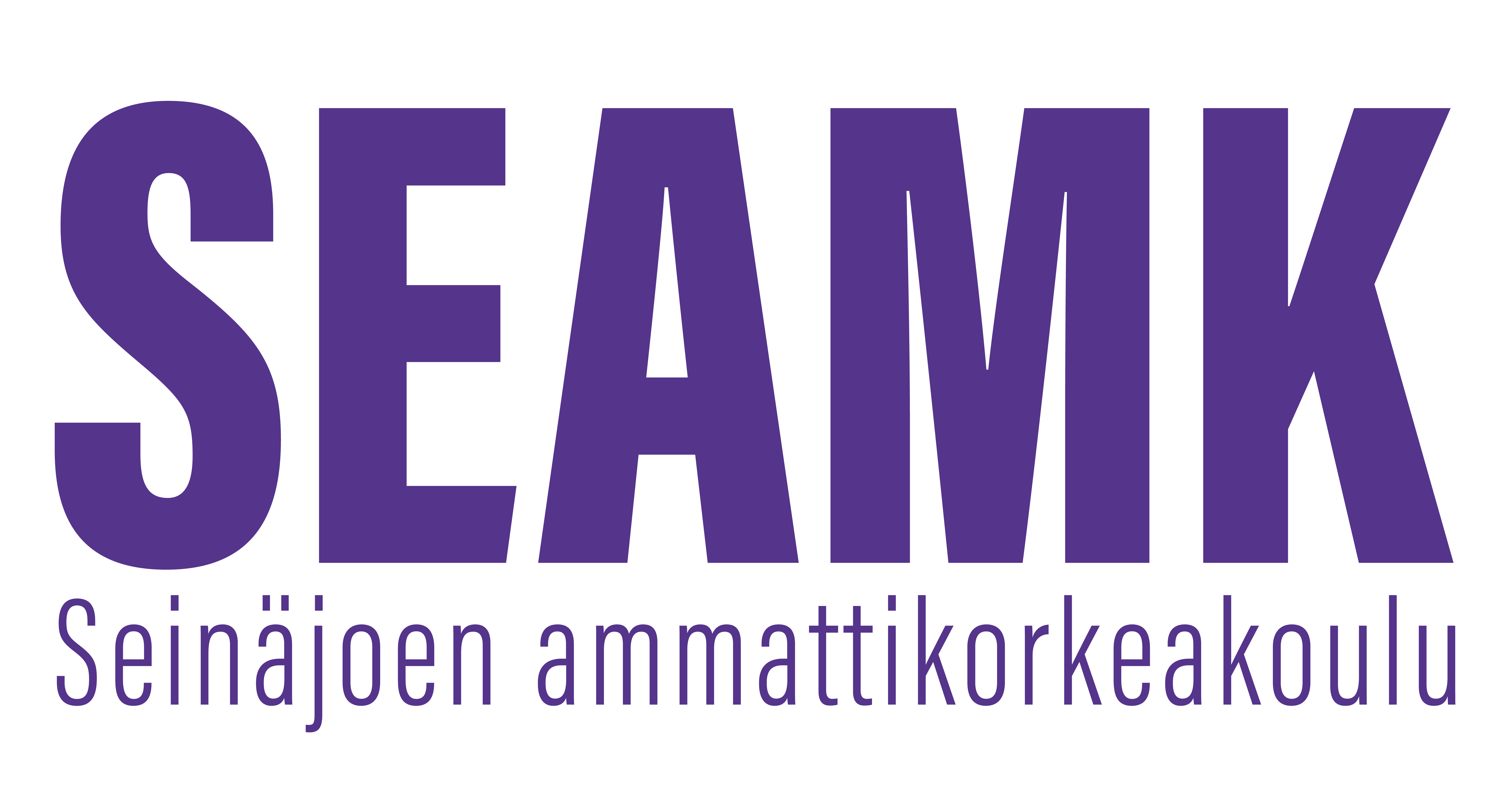Quality Management (3op)
Toteutuksen tunnus: 8C00CK64-3006
Toteutuksen perustiedot
- Ilmoittautumisaika
- 22.04.2024 - 15.09.2024
- Ilmoittautuminen toteutukselle on päättynyt.
- Ajoitus
- 26.08.2024 - 13.10.2024
- Toteutus on päättynyt.
- Opintopistemäärä
- 3 op
- Lähiosuus
- 3 op
- Toteutustapa
- Lähiopetus
- Yksikkö
- SeAMK Konetekniikka
- Toimipiste
- SeAMK Seinäjoki, Frami
- Opetuskielet
- englanti
- Koulutus
- Insinööri (AMK), Konetekniikka
- Professional Studies in Technology
- Opettajat
- Pekka Lager
- Ryhmät
-
AUTO22Insinööri (AMK), Konetekniikka
-
KONE22Insinööri (AMK), Konetekniikka
- Opintojakso
- 8C00CK64
Arviointiasteikko
1-5
Tavoitteet
Upon completion of the course, students will
- Student can define different quality ideologies.
- Student can explain the basic concept of quality control.
- Student can use the common quality and lean tools.
- Student can identify quality costs and their significance.
- Student can present different quality systems and their structure and criteria of different quality awards
Sisältö
- Significance of quality
- The history of quality and overview to the pioneers of quality (Deming, Ishikawa, Juran etc.)
- Total Quality Management
- Seven quality management principles
- Seven basic tools of quality
- Cost of poor quality (COPQ)
- Principles of Lean
- Most essential Lean tools (Kaizen, 5S, Muda, Andon, VSM, Visual Factory etc.)
- Quality standards, quality manual and quality awards criteria
Oppimateriaalit
Barrie G. Dale. 2016. Managing Quality. Sixth Edition
Oakland John S. 2021.Total Quality Management and Operational Excellence. Fifth Edition
Opettajan luentomateriaali
Opetusmenetelmät
Opetus toteutetaan lähiopetuksena luokassa. Kurssin lopussa järjestetään valvottu tentti luokkatilassa.. Kurssin alussa pidetään alkukoe, jossa selvitetään oppilaiden lähtötasoa ja oppimistavoitteita.
Oppiminen tunneilla tapahtuu ryhmätyöskentelynä opettajan antaman aiheen, materiaalin ja ohjauksen avulla. Oppimista syvennetään tunneilla ja kotona tehtävillä harjoituksilla. Case-oppimista sovelletaan opetusmenetelmänä.
Tenttien ajankohdat ja uusintamahdollisuudet
Kurssin alussa kerrotaan kurssin suoritusvaihtoehdoista
Tentti pidetään viimeisellä luentokerralla
Opiskelijan ajankäyttö ja kuormitus
Opiskelijan ajankäyttö n. 81 tuntia.
Luennot: 21 tuntia + tentti 2h
Arviointikriteerit, tyydyttävä (1)
Satisfactory (1-2). Student knows the basics of the knowledge objectives of the course.
The student can answer some of arbitrary questions about the contents described above. However, the student is not able to produce any deeper picture about the entire concept.
Arviointikriteerit, hyvä (3)
Good (3-4). Student knows the knowledge objectives of the course well. The student is clearly showing capability to understand the entire concept. He or she can give a comprehensive answer to any question related to contents.
Arviointikriteerit, kiitettävä (5)
Excellent (5). Student knows the knowledge objectives of the course well and can apply their knowledge in practice.
Esitietovaatimukset
No previous studies are required.
